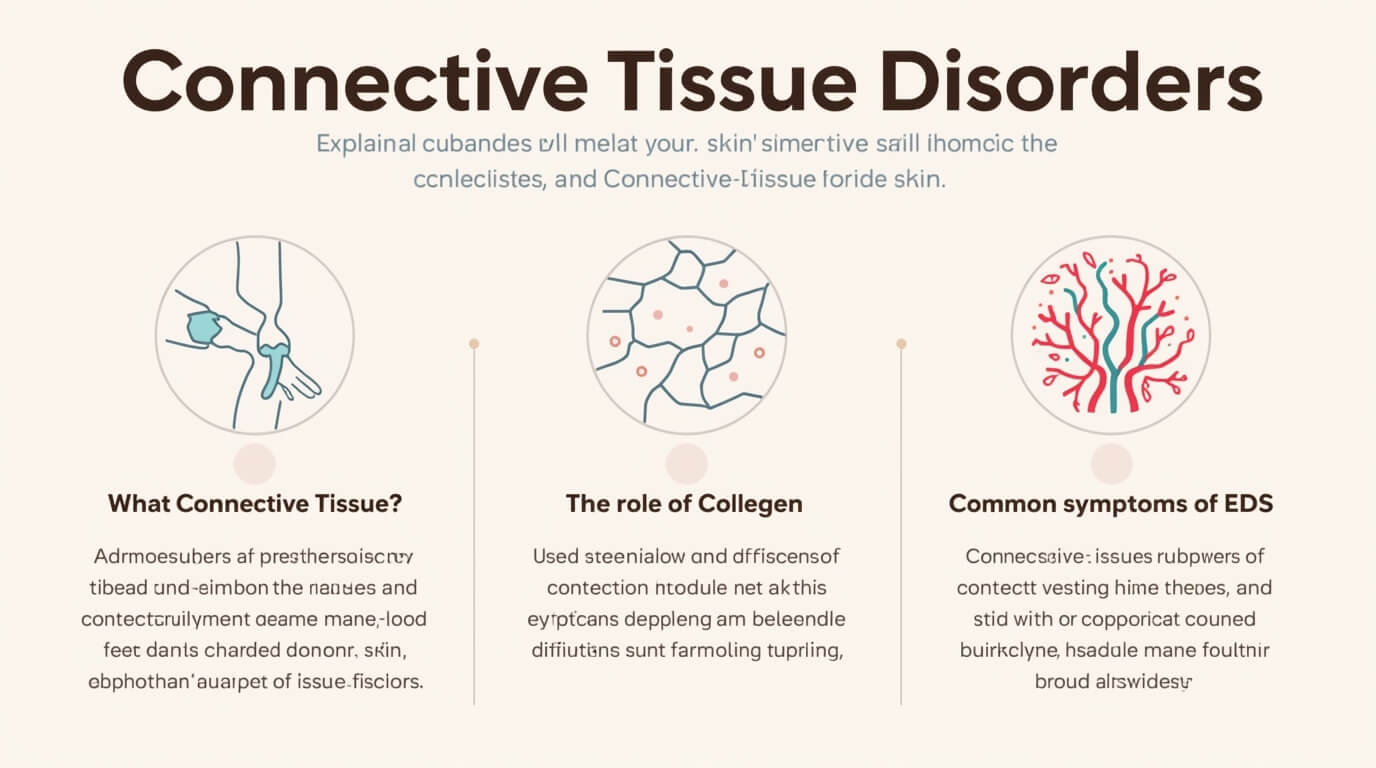Discover the candid story behind the beloved actress’s lifelong health journey and the powerful moment a single diagnosis brought clarity, validation, and a new path forward.
Have you ever felt like something was “off” with your body, a collection of strange symptoms that doctors dismissed or couldn’t connect? For decades, that was the reality for beloved actress Martha Plimpton. Millions know her as the sharp-witted Stef from the 80s cult classic The Goonies or for her acclaimed roles in shows like Raising Hope and The Good Wife. But behind her brilliant career was a private, lifelong struggle with mysterious physical ailments.
Recently, Plimpton opened up about a groundbreaking diagnosis that didn't just give her a medical term for her suffering—it reframed her entire life. It was the key that unlocked decades of confusion and offered a new sense of understanding and self-compassion.
In this Care and Prayer exclusive, we’ll explore Martha Plimpton's courageous journey: the mysterious symptoms she faced, the connective tissue disorder that was finally identified, and how this revelation is empowering her to move forward with newfound purpose and advocate for others.
Who is Martha Plimpton? A Quick Look at a Storied Career
Before diving into her health journey, it’s important to recognize the incredible career Martha Plimpton has built. Bursting onto the scene as the fiery and fearless Stef in 1985’s The Goonies, she became an icon of 80s teen cinema. But unlike many child stars, her talent only deepened with age.
Her career spans decades and mediums:
-
Film: She starred in acclaimed movies like Parenthood, Running on Empty (for which she earned an Independent Spirit Award nomination), and even lent her voice to Disney's Frozen II.
-
Television: Plimpton earned three consecutive Emmy nominations for her role as Virginia Chance in the sitcom Raising Hope and won an Emmy for her guest role on The Good Wife.
-
Theatre: A celebrated stage actress, she has received three Tony Award nominations for her powerful performances on Broadway.
Beyond her work as a performer, she is a fierce and outspoken advocate for women's rights and reproductive freedom, co-founding the non-profit organization "A Is For." Her career is a testament to her versatility, passion, and resilience—qualities that have also defined her personal health battle.

The Lifelong Mystery: Decades of Unexplained Symptoms
For as long as she can remember, Martha Plimpton knew her body felt different. In interviews, she has described a lifetime of being unusually "bendy" or "double-jointed," a trait known as hypermobility. While it might sound like a neat party trick, for her it was accompanied by a host of challenging and often invisible symptoms:
-
Chronic pain and fatigue.
-
Ankle instability and joint issues.
-
An autonomic nervous system that seemed to have a mind of its own.
For years, these symptoms were seen as separate, unrelated issues. It’s a frustratingly common experience for many, especially women, in the medical system—being told "it's all in your head" or having legitimate physical pain dismissed. She pushed through, building an incredible career while privately managing a body that felt, in her words, like it was "made of spackle and Silly Putty."
The Diagnosis That Changed Everything: What is a Connective Tissue Disorder?
The turning point came when Martha Plimpton was finally diagnosed with a genetic connective tissue disorder, a condition that falls under the umbrella of Ehlers-Danlos Syndromes (EDS). Suddenly, a lifetime of disparate symptoms clicked into place. It wasn't a collection of random problems; it was one single, underlying condition.
Understanding Ehlers-Danlos Syndromes (EDS)
So, what exactly is it? To put it simply, connective tissue is the "glue" that holds our bodies together. It's found in our skin, joints, blood vessels, and organs. It gets its strength and elasticity from a protein called collagen.
In people with Ehlers-Danlos Syndromes, there's a genetic defect in how their bodies produce or process collagen. This results in connective tissue that is weaker and more fragile than it should be. As a highly respected resource, the Ehlers-Danlos Society explains, this can lead to a wide range of symptoms, with joint hypermobility being the most common.
Read our more article The "Kissing Bug" Disease Is Spreading in the U.S.: Your Ultimate Guide to Staying SafeHow the Diagnosis Reframed a Lifetime of Experience
For Martha Plimpton, this diagnosis wasn't a devastating blow; it was a profound relief. It was validation.
-
It Explained the "Why": The lifelong pain, the "clumsiness," the fatigue—it all had a root cause. She wasn't imagining it or weak; she was living with a tangible, physiological condition.
-
It Shifted the Narrative: Instead of feeling like her body was failing her, she could understand it was working incredibly hard to function with faulty building blocks. This allowed her to replace frustration with self-compassion.
-
It Provided a Path Forward: With a name for her condition, she could finally access the right kind of care—physical therapy, pain management strategies, and lifestyle adjustments tailored to EDS.

From Personal Struggle to Public Advocacy
True to her nature, Martha Plimpton isn't keeping this revelation to herself. By sharing her story, she is shedding light on a widely misunderstood and often misdiagnosed set of conditions. She is becoming a powerful voice for the "zebras" of the medical world—a term the EDS community uses because medical students are often taught, "When you hear hoofbeats, think of horses, not zebras." In other words, look for the common diagnosis, not the rare one.
Her advocacy provides hope and visibility for countless others who are still searching for their own answers. It's a powerful reminder that our stories matter and that getting a correct diagnosis, no matter how late in life, can be transformative.
2. Who did Martha Plimpton play in 'The Goonies'?
In the 1985 classic film The Goonies, Martha Plimpton played the role of Stef Steinbrenner, the smart, sarcastic, and tough best friend of Andy Carmichael.
3. What are the most common symptoms of Ehlers-Danlos Syndromes?
The most common symptoms include:
Joint hypermobility (joints that move beyond the normal range)
Loose, unstable joints that dislocate easily
Soft, velvety, or very stretchy skin
Chronic muscle and/or joint pain
Extreme tiredness (fatigue)
4. How is Martha Plimpton managing her condition today?
She is focused on a management plan that includes specific physical therapy to strengthen muscles around her joints, pain management techniques, and a greater sense of self-awareness and compassion for her body's needs.
5. Why is she choosing to share her diagnosis publicly now?
By sharing her story, Martha Plimpton aims to raise awareness for invisible illnesses like EDS, validate the experiences of others who have struggled for a diagnosis, and advocate for better understanding within the medical community.
The story of Martha Plimpton is more than just a celebrity health update; it’s a powerful lesson in resilience, self-discovery, and the incredible relief of finally being understood. For decades, she navigated a world-class career while quietly battling a body that didn't play by the rules. Her diagnosis with a connective tissue disorder didn’t give her a weakness; it gave her a framework, an explanation, and a community.
Her journey from a beloved Goonie to a respected advocate is an inspiration, reminding us all to listen to our bodies, to fight for answers, and to find strength in the truth.
What part of Martha Plimpton’s story resonates with you the most? Share your thoughts in the comments below, and share this article to help spread awareness!
The writers at Care and Prayer are passionate about sharing stories that connect, inform, and inspire. We cover everything from global culture and entertainment to breakthroughs in health and wellness, bringing you compelling narratives from around the globe.
